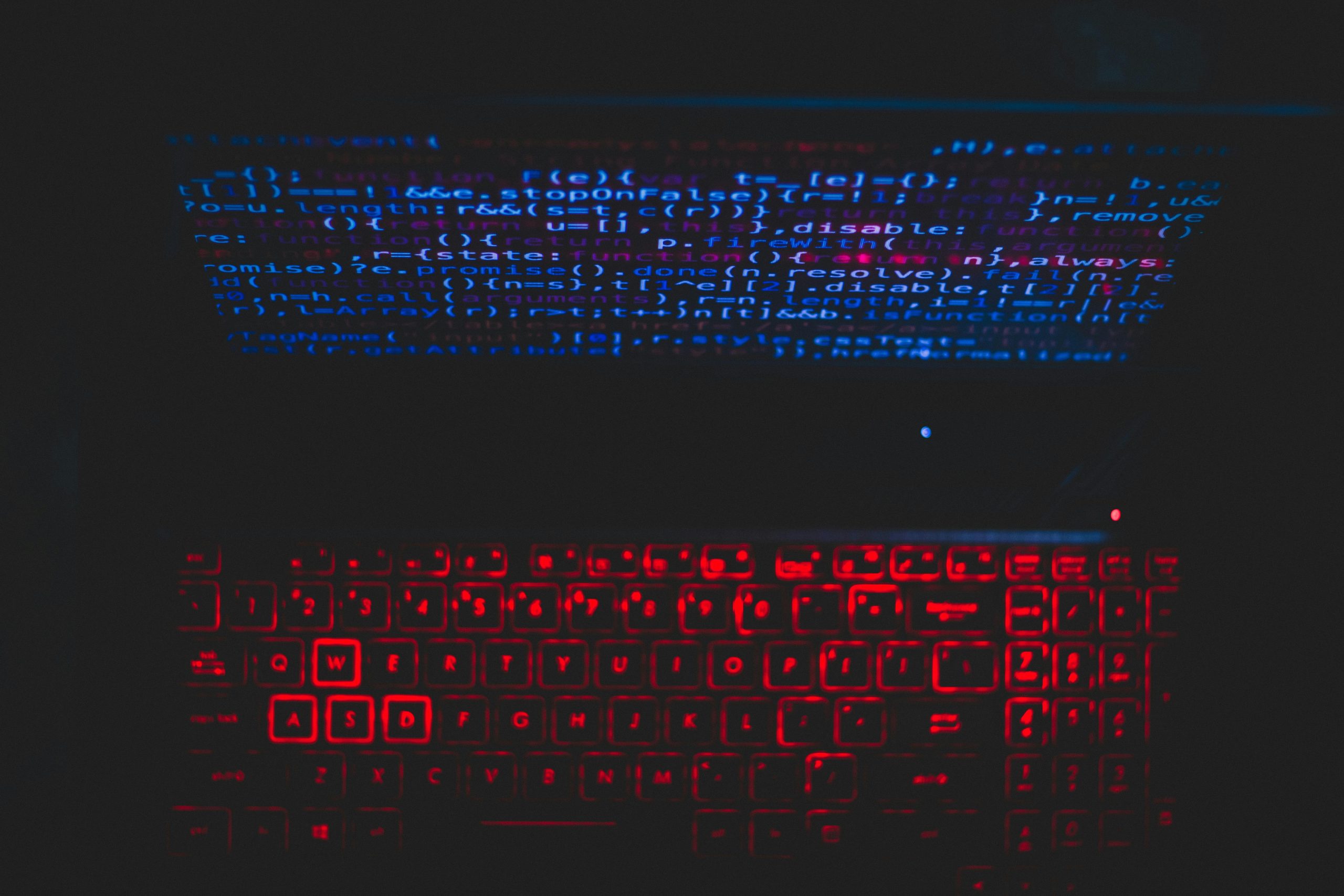💼 OpenAI tests AI against human workers across 44 jobs
OpenAI Launches GDPval: A New Benchmark Comparing AI Performance to Human Professionals Across 44 Industries
In a groundbreaking development in artificial intelligence (AI) research, OpenAI has unveiled a new evaluation framework called GDPval designed to assess the capabilities of AI models in performing tasks comparable to human experts across diverse industries.
What is GDPval?
GDPval stands for “General Professional Tasks Validation,” a comprehensive benchmark created to measure whether leading AI models can match or exceed the quality of professional work in various sectors. The benchmark scrutinizes AI performance across 44 distinct occupations, including vital fields such as healthcare, finance, and other economic sectors.
Scope and Methodology
The assessment involved 1,320 tasks assigned to professionals with an average of 14 years of experience each. These tasks span nine different industries, providing a broad spectrum of real-world professional scenarios. Prominent AI models evaluated include OpenAI’s GPT-5, Anthropic’s Claude Opus 4.1, Google DeepMind’s Gemini 2.5, and Cohere’s Grok 4.
Key Findings
– Performance Overview:
– The Claude Opus 4.1 model achieved the highest success rate in the evaluation, winning approximately 47.6% of the tasks. It demonstrated particular strength in visual presentation tasks, such as data visualization or design-oriented responsibilities.
– GPT-5 showcased superior technical accuracy, excelling in tasks that require detailed precision and factual correctness.
- Progress Over Time:
The evaluation revealed remarkable progress over a 15-month period. GPT-5’s capabilities have tripled since its predecessor, GPT-4o, exemplifying rapid advancements in AI proficiency within professional environments.
Implications for the Workforce
While headlines often suggest AI might replace human workers imminently, the results from GDPval indicate that existing models are approaching parity with seasoned professionals on certain tasks, but are not yet universally substitutive. This suggests a future where AI acts as a complementary tool, augmenting human expertise rather than outright replacing it.
The Road Ahead
The trajectory of AI development, as evidenced by this benchmark, points toward continuous and accelerated improvements. As models become more sophisticated, the gap between AI and human performance on complex professional tasks is likely to narrow further within months rather than years.
For a deeper dive into the methodology and detailed results, the full evaluation report is available [here](https://cdn.openai














Post Comment